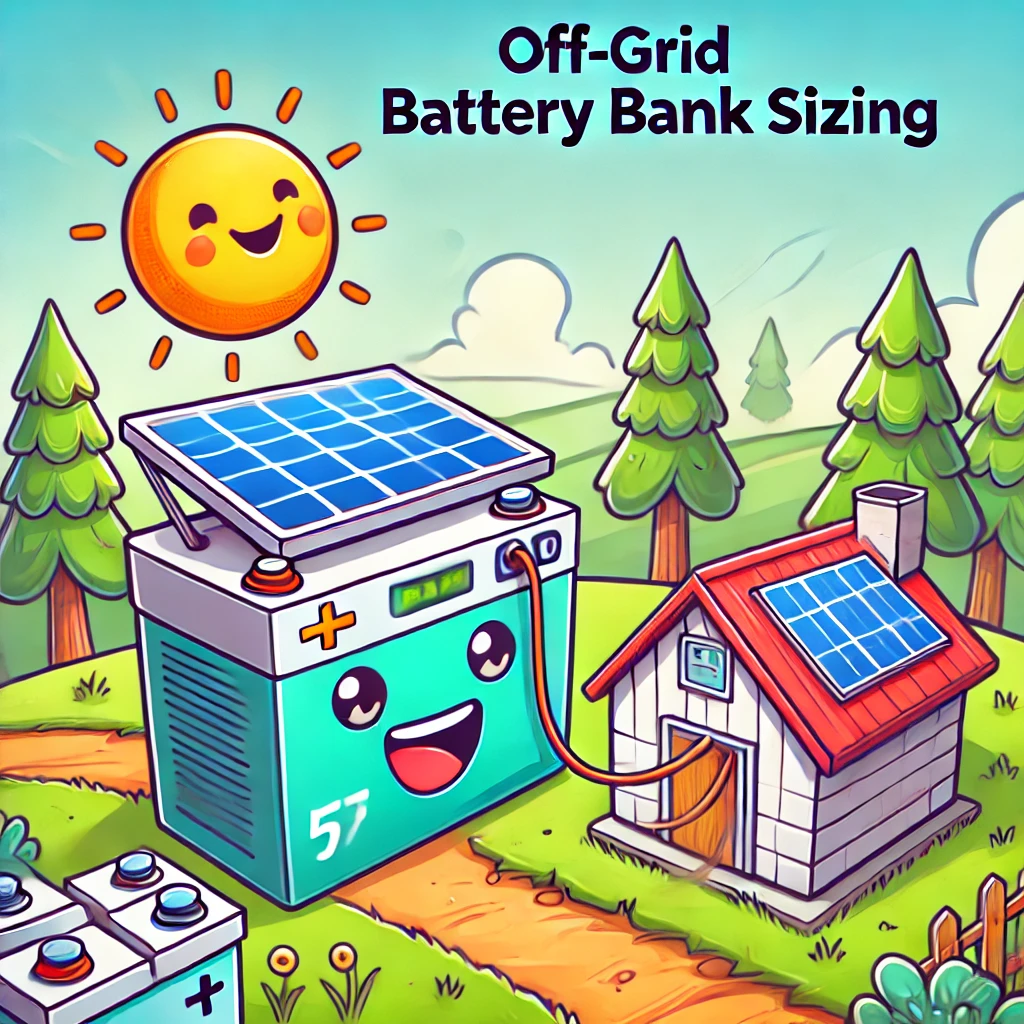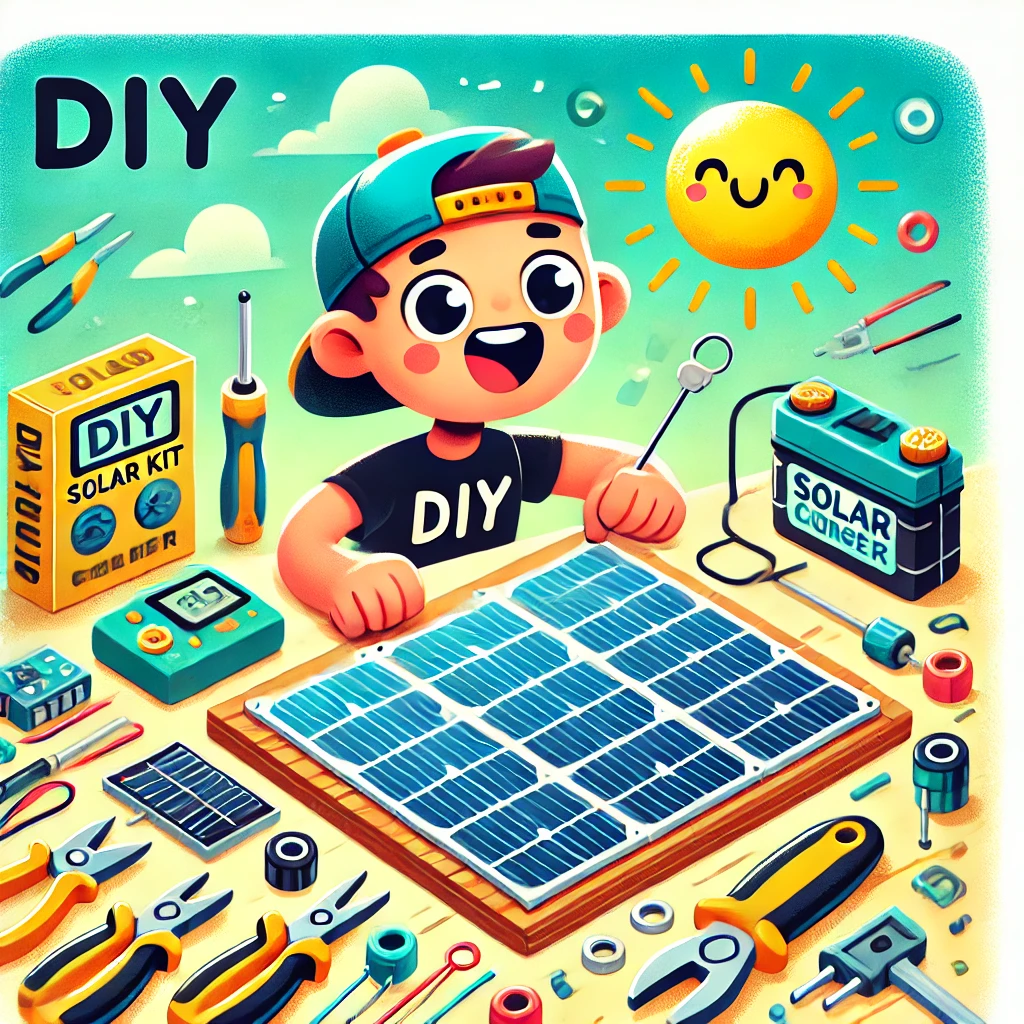The solar industry has been evolving at record speed. With the global push for cleaner energy, newer technologies are emerging almost every year. Among them, TOPCon solar panels — short for Tunnel Oxide Passivated Contact — have made headlines for their high efficiency and better long-term durability compared to conventional PERC panels.
But like every innovation, TOPCon technology comes with drawbacks that homeowners, businesses, and investors should know before making a purchase. In this comprehensive guide, we’ll explore the disadvantages of TOPCon solar panels, compare them with other options, and discuss where they might not be the best fit.
By the end, you’ll have a clear picture of whether TOPCon panels are right for your solar project — or if another technology might serve you better.
A Quick Refresher: What Are TOPCon Solar Panels?
TOPCon stands for Tunnel Oxide Passivated Contact, an advanced solar cell architecture built on monocrystalline silicon wafers. The technology was developed as an upgrade to PERC (Passivated Emitter and Rear Cell) panels, which dominated the market for years.
How it works:
- A thin oxide layer is applied to the solar cell.
- This layer reduces electron recombination (energy loss).
- The result is higher conversion efficiency, usually in the 22–24% range.
TOPCon panels are praised for their improved low-light performance, lower annual degradation (~0.3%), and better temperature tolerance. But despite these strengths, they are not perfect.
The Disadvantages of TOPCon Solar Panels
1. Higher Upfront Cost
One of the most significant drawbacks of TOPCon technology is the price tag.
- TOPCon panels are more expensive to manufacture because of their additional processing steps.
- For residential and small business owners, the cost difference compared to PERC or polycrystalline modules can add up quickly.
If you are working with a tight budget, the payback period of TOPCon modules may be longer, unless electricity prices in your region are high enough to offset the cost.
2. Complex Manufacturing Process
TOPCon panels require sophisticated production equipment, including precise oxide tunneling and passivation steps. This complexity:
- Reduces the number of manufacturers capable of producing them.
- Can lead to supply chain bottlenecks, especially during high demand.
- Raises concerns about consistent quality control between different brands.
For buyers, this means limited options and potential price volatility in the market.
3. Availability and Supply Limitations
Unlike traditional monocrystalline or PERC panels, TOPCon panels are not yet mass-produced at the same scale globally.
- This limited availability can delay project timelines.
- In emerging solar markets, sourcing TOPCon panels may involve higher shipping costs or limited local support.
- Investors in large-scale projects may face challenges in securing consistent supply.
In short: TOPCon is still a growing technology, and its distribution isn’t as widespread as older panel types.
4. Not Always the Best ROI for Small Projects
While TOPCon panels deliver higher efficiency, the real-world financial benefits are not always clear for small-scale residential users.
- If you have ample roof space, the higher efficiency of TOPCon may not justify the cost premium.
- Lower-cost PERC or even bifacial modules may provide better returns per dollar spent.
Thus, homeowners with large rooftops may not need TOPCon’s extra efficiency.
5. Limited Field Data and Long-Term Performance Records
TOPCon technology is relatively new compared to conventional monocrystalline modules.
- While lab tests show excellent durability, long-term real-world data (25+ years) is still limited.
- Buyers may face uncertainty about how these panels perform under different climates and stress conditions (extreme cold, humidity, or dust).
For risk-averse investors, this lack of proven long-term performance can be a drawback.
6. Potential Compatibility Issues
Because TOPCon panels are relatively new:
- Some inverters, mounting systems, and balance-of-system components may not yet be fully optimized for their performance characteristics.
- This could require additional system design considerations or higher installation costs.
7. Market Competition With Emerging Technologies
TOPCon panels are competing with other advanced technologies like HJT (Heterojunction Technology) and IBC (Interdigitated Back Contact) panels.
- Both HJT and IBC offer high efficiency and long-term durability.
- As these alternatives grow, TOPCon’s dominance could face challenges, making it harder for buyers to decide on a long-term technology path.
This uncertainty about which solar tech will dominate in the next decade is a disadvantage for TOPCon buyers today.
8. Weight and Installation Considerations
While not as heavy as dual-glass bifacial panels, some TOPCon modules use reinforced designs that make them slightly heavier than standard monocrystalline panels.
- This can increase installation complexity.
- In certain rooftop projects, extra support structures may be required.
9. Slower Payback in Low-Sunlight Regions
TOPCon panels do perform better in low-light, but the extra efficiency margin may not always translate into financial savings in regions with consistently low solar irradiance.
- If your local energy prices are also low, the investment may take longer to break even compared to using cheaper PERC modules.
10. Still Evolving — Risk of Rapid Obsolescence
Solar technology advances quickly. Just like PERC overtook older polycrystalline modules, TOPCon itself may eventually be replaced by even more efficient technologies like HJT or perovskite tandem cells.
- This raises the risk of investing in a technology that could lose market share within 5–10 years.
For cautious buyers, this is a major consideration.
Case Study: Residential vs. Commercial ROI
To better understand the disadvantages, let’s look at two scenarios:
Scenario A: Residential Rooftop
- A homeowner installs 6 kW of TOPCon panels.
- Cost per watt is $0.15 higher than PERC panels.
- Savings in efficiency amount to only 4–6% extra energy yield.
Result: Payback period increases by 1–2 years compared to using PERC panels.
Scenario B: Commercial Solar Farm
- A 5 MW solar farm invests in TOPCon panels.
- Limited supply delays the project by 3 months.
- While efficiency is higher, the initial capital expense increases by $200,000 compared to bifacial PERC.
Result: Investors face reduced short-term profitability and risk higher financing costs due to project delays.
TOPCon vs. Other Solar Panel Types
To put the disadvantages into perspective, here’s how TOPCon compares with other leading technologies:
| Feature | TOPCon | PERC | Bifacial | HJT | IBC |
|---|---|---|---|---|---|
| Efficiency | 22–24% | 20–22% | 18–22% + rear gain | 23–25% | 24–26% |
| Cost | Higher | Lower | Higher | Very High | Very High |
| Degradation | ~0.3% | ~0.5% | ~0.45% | ~0.25% | ~0.25% |
| Long-Term Data | Limited | Extensive | Moderate | Limited | Limited |
| Availability | Moderate | Very High | High | Low | Low |
Observation: TOPCon offers higher efficiency than PERC but falls behind HJT and IBC in innovation potential. Its disadvantages mainly revolve around cost, availability, and market maturity.
FAQs About TOPCon Solar Panels
1. Are TOPCon panels worth the extra cost?
They can be worth it for small rooftops or areas with high electricity costs. But for large rooftops with ample space, cheaper PERC modules might offer better ROI.
2. How long do TOPCon panels last?
They are rated for 25+ years, but real-world data beyond 10 years is still scarce.
3. Do TOPCon panels work better in hot climates?
Yes. Their lower temperature coefficient makes them more heat-resistant compared to PERC.
4. Are there combined technologies like TOPCon bifacial?
Yes, some manufacturers now produce bifacial TOPCon modules, blending efficiency with dual-sided energy capture.
5. Should I wait for HJT or IBC panels instead?
If budget and timing allow, HJT and IBC may offer superior performance. But they are currently more expensive and harder to source.
Conclusion: Are the Disadvantages Deal-Breakers?
TOPCon solar panels represent an exciting step forward in solar efficiency and performance. However, their disadvantages — higher upfront cost, limited availability, manufacturing complexity, and lack of long-term field data — make them less appealing for certain users.
- For homeowners with limited roof space, TOPCon can be a smart choice despite the higher cost.
- For budget-conscious buyers or large-scale solar farms, the disadvantages may outweigh the benefits.
- For future-focused investors, waiting for combined technologies (like bifacial TOPCon or HJT) might be the safer bet.
In short, TOPCon panels are powerful — but they’re not perfect. Understanding their disadvantages is key to making a wise solar investment decision.


